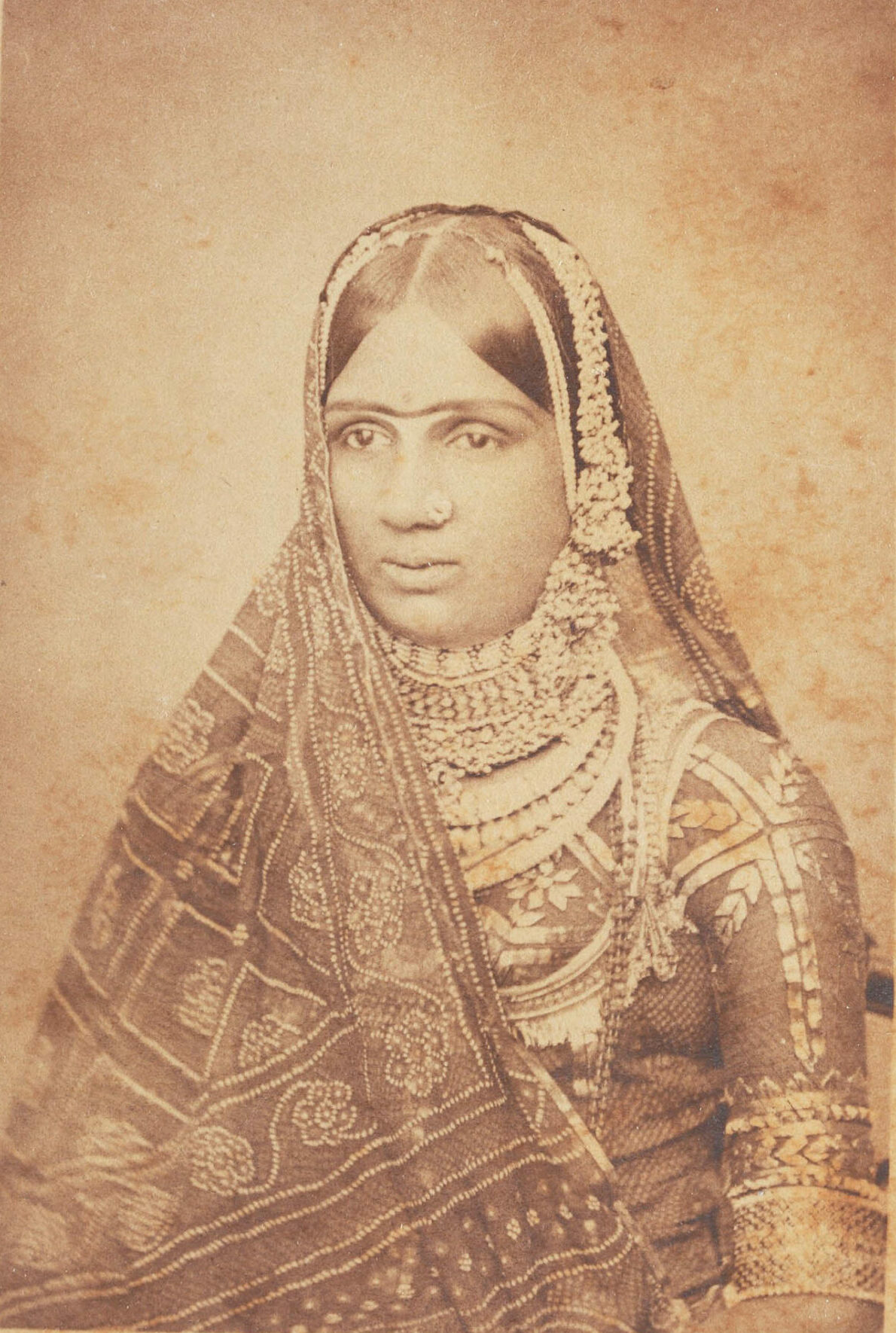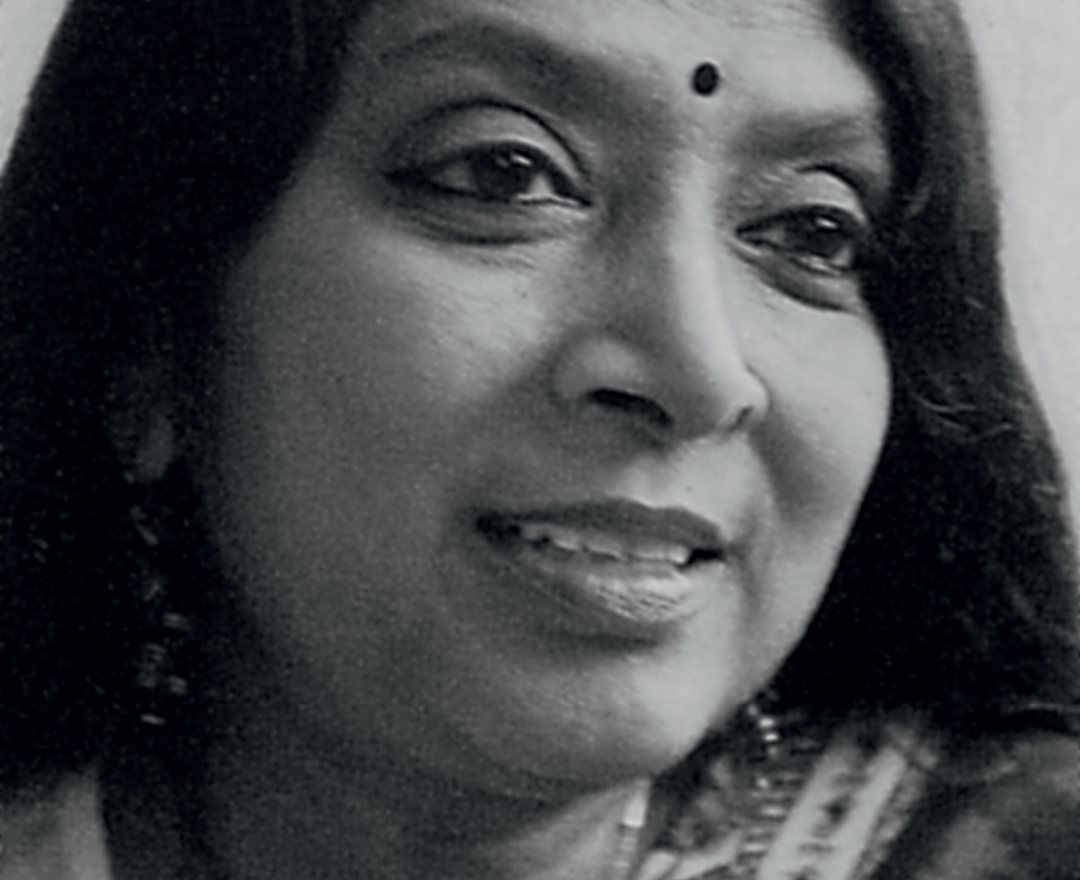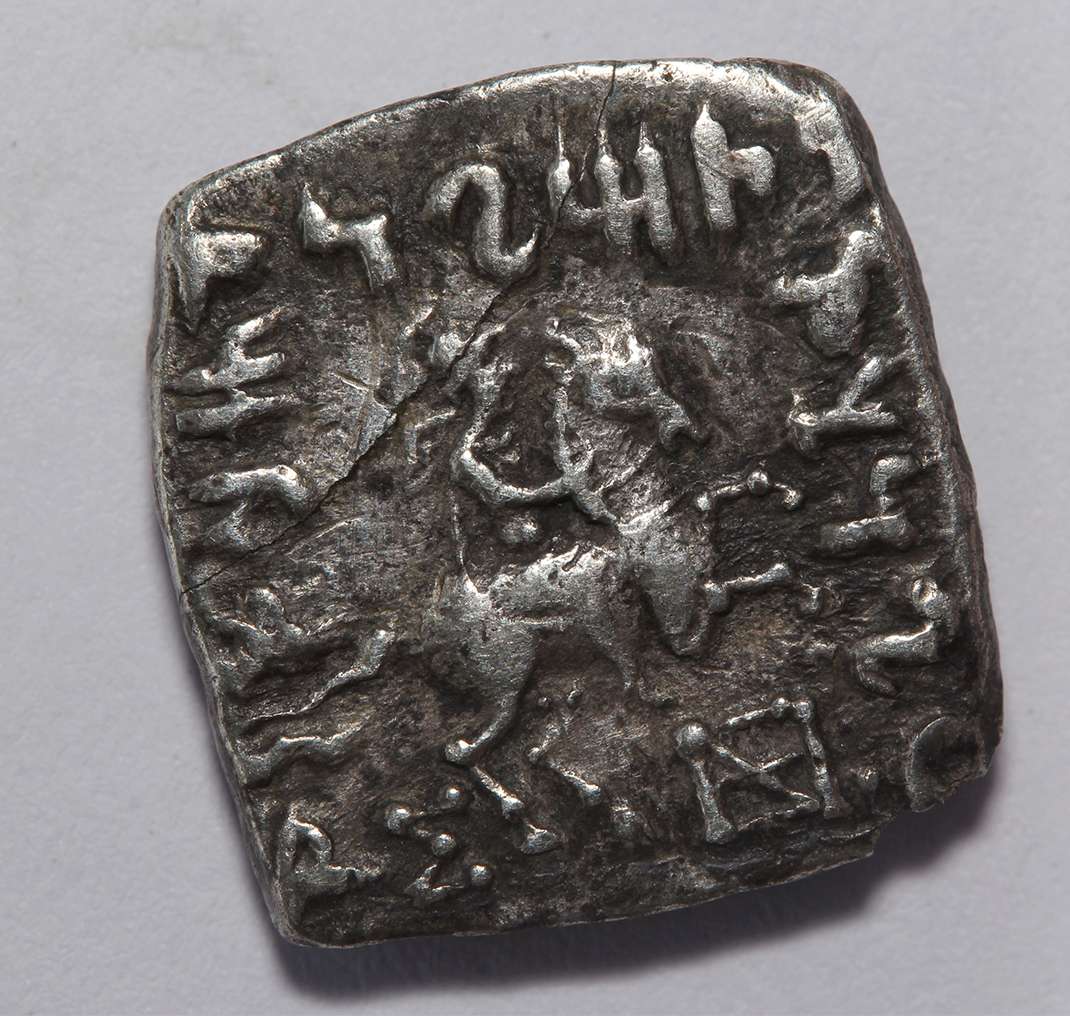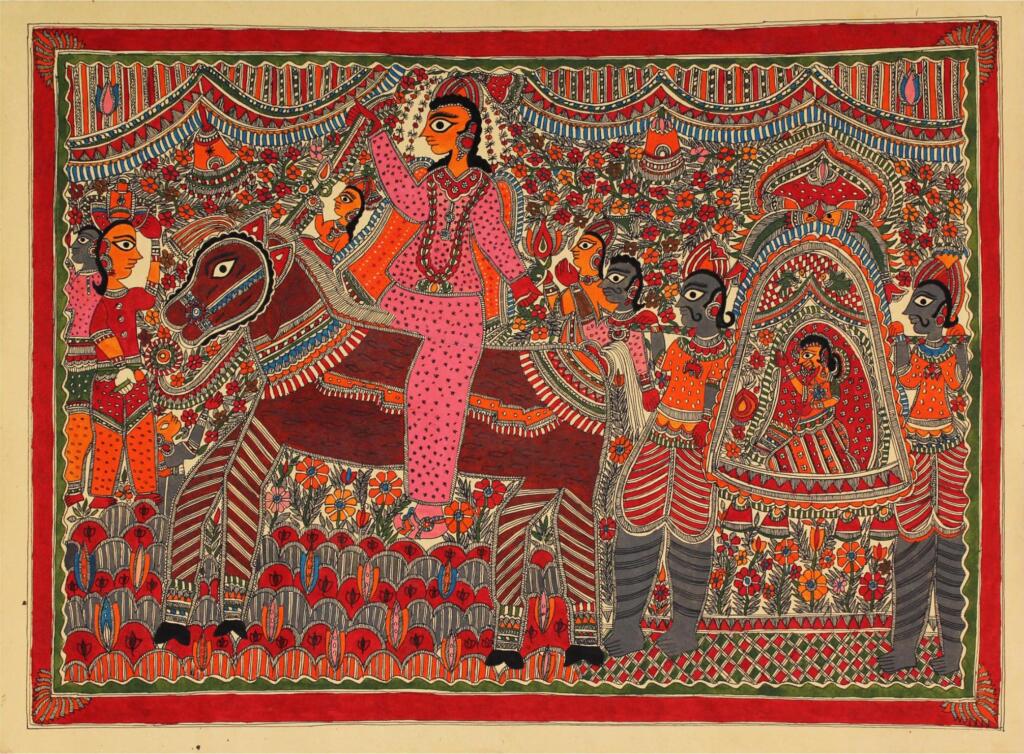
Mithila painting of a wedding procession with a bride in a palki, undated, unidentified artist ©️Sarmaya Arts Foundation
In her 1905 collection of poetry, The Golden Threshold, political activist Sarojini Naidu included a lyrical ode to the men who carried an entire way of life on their shoulders. Even if this culture is alien to the Indian children who study Palanquin Bearers in English class today, the poem will leave them with a sense of its innate rhythms. To relieve the monotony and hardship of their profession, palanquin-bearers of the past developed a collection of chants, rhymes and phrases that could sound to the outsider like a kind of music.
Palanquin Bearers
Lightly, O lightly we bear her along,
She sways like a flower in the wind of our song;
She skims like a bird on the foam of a stream,
She floats like a laugh from the lips of a dream.
Gaily, O gaily we glide and we sing,
We bear her along like a pearl on a string.
Softly, O softly we bear her along,
She hangs like a star in the dew of our song;
She springs like a beam on the brow of the tide,
She falls like a tear from the eyes of a bride.
Lightly, O lightly we glide and we sing,
We bear her along like a pearl on a string.
Sarojini Naidu
The wedding theme here is also deliberate. Palanquins fulfilled a ceremonial as well as practical function. Even today, ornate versions called dolis are used to convey brides to their marital homes and carry idols and royalty along religious processions. But about a hundred years ago, when this poem was written, palanquins were an essential cog in India’s transport and postal infrastructure. Many regions in the Subcontinent were only accessible to travellers by palki. So let’s tackle some FAQs to better appreciate this fascinating, historical mode of travel and the people who made it possible.
What is a palanquin?
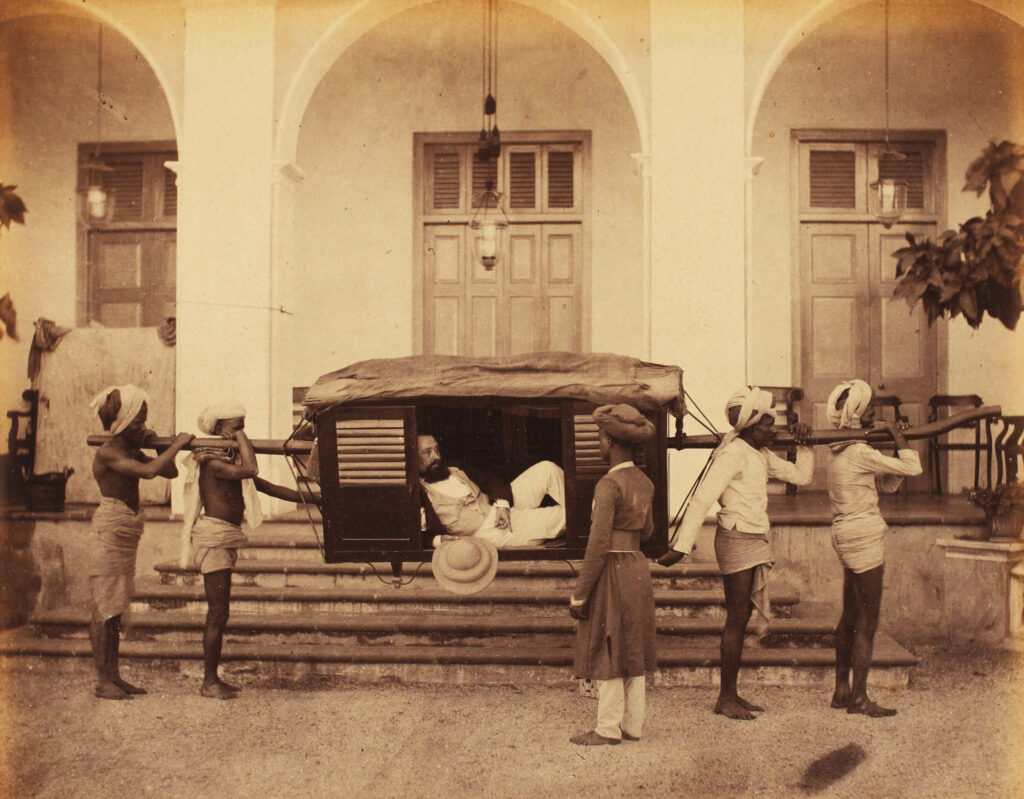
Ghattee Hamalla or Bearers, late 19th century, William Johnson & William Henderson, Albumen print ©Sarmaya Arts Foundation [2016.7.6]
Palanquin is an anglicisation of the Sanskrit ‘paryanka’, from which we get the Hindustani ‘palang’, ie bed. It was designed to be a comfortable way for the wealthy to travel. A wooden box carried on two poles by a set of four-six men, the palanquin could accommodate a lot of little luxuries that travelling on horseback wouldn’t allow. Like window-blinds for privacy, plush interiors upholstered in chintz and mulmul, brass finials at the end of the poles that announced the passenger’s status, and enough room within to sleep without breaking your journey. Before the trains, this was what it meant to travel first-class.
How long have Indians been travelling by palanquin?
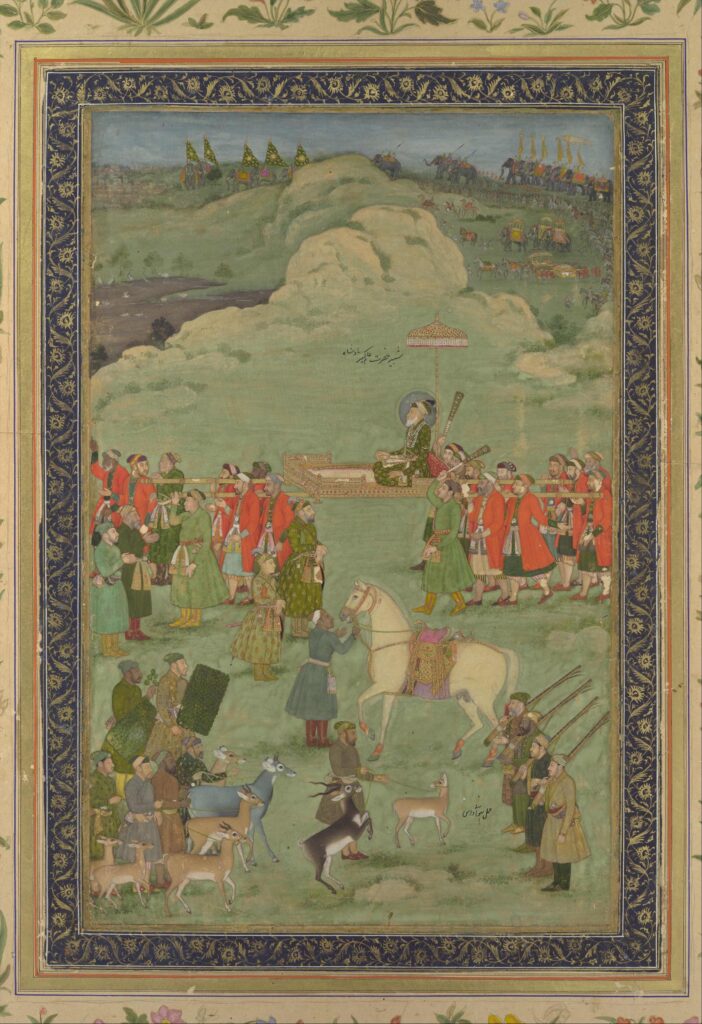
The Emperor Aurangzeb Carried on a Palanquin, painting by Bhavanidas, ca. 1705–20, The Metropolitan Museum of Art/Public Domain
For centuries before the arrival of the British, who wrote copiously about the experience. There are believed to be mentions of the palanquin in the Ramayana, written around 200 BCE, and in the 14th-Century writings of Ibn-Batuta. They were part of the royal and military entourages of the Mughals and Marathas. In her 2003 paper Domestic Service In Precolonial India: Bondage, Caste And Market, Shireen Moosvi describes a typical Mughal retinue consisting of six bearers, “one servant for marching on the side of palanquin holding a spittoon, two more to fan the master and to drive away flies, four footmen to march in front to clear the way and a number of decorated horsemen to follow in the rear, and a kafshbardar to keep or carry shoes.”
Royal excesses aside, even modest palanquin parties would require at least six bearers, besides lamp-carriers and cooks. After all, you could be on the road for days.
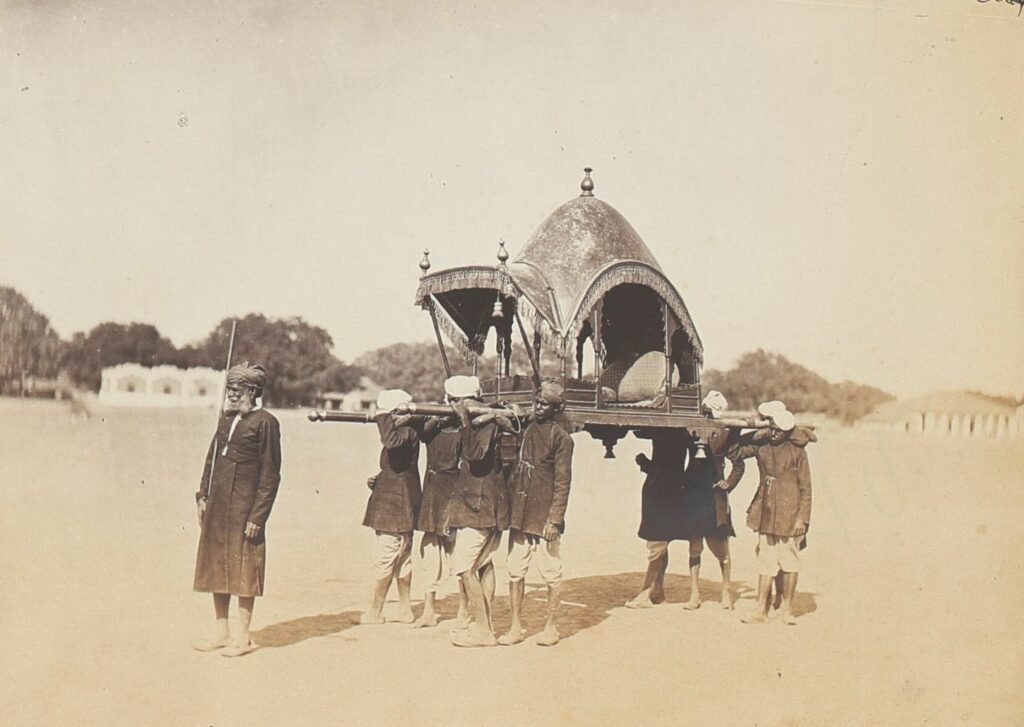
State Palki of the Maharaja of Alwar. 1876, Albumen Print, Bourne and Shepherd © Sarmaya Arts Foundation [2020.16.33]
How fast could you travel in a palanquin?
By most accounts, travellers could cover three miles or 4.8 km per hour if the weather conditions were right, ie the ground wasn’t slippery with rain or the sun wasn’t beating down. At set intervals along the route, between 10-15 miles apart, the bearers would be relieved and others would take their place.
Who are the palanquin-bearers?
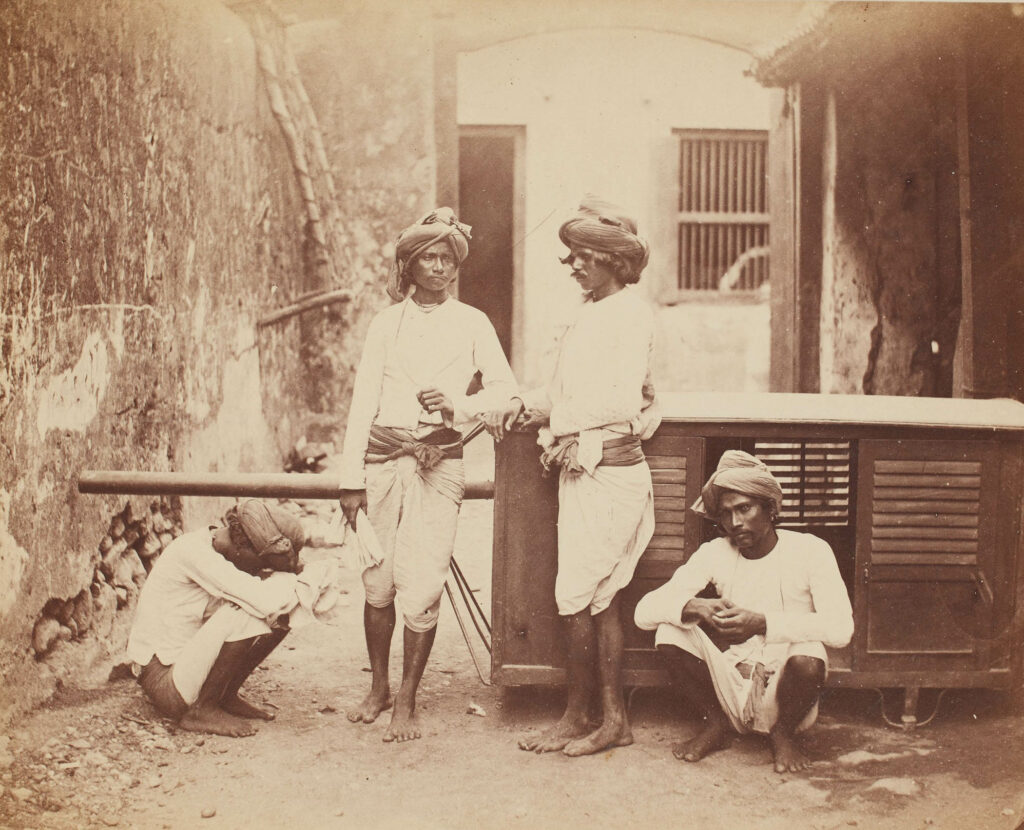
Palanquin Bearers, Bombay, c. 1855- 1862, William Johnson © Sarmaya Arts Foundation [2016.1.49]
Like many traditional jobs in Indian society, this one too is caste-based. Palanquin-bearers typically belong to the lowered castes, some of whom are also fisherfolk and boatmen. These include Kahar, Gor, Musahar, Bhoi (Odia)/Boyi (Telugu), Dhimar, Bestha, Siviyar and Behera. During the colonial era, palanquin-bearers would pick up foreign clients directly from the ports where ships from overseas would dock.
Among the Kahar and Gor people, there is a creation myth that explains how the communities came to be associated with the profession: Lord Shiva and Parvati were journeying by foot when Parvati got tired. Shiva turned two mounds of earth into two men who would carry her on their shoulders, seated on two bamboo poles. These men were the ancestors of the palanquin-bearers.
Did palanquin-bearers have a special language?
Since the men who carried palanquins usually belonged to the same community and often the same clan, they sometimes developed their own language. In their paper, Palanquin Symbolism: The Special Vocabulary of the Palanquin-Bearing Castes of North Central India, Morris E Opler and Shaligram Shukla detail the vivid and colourful phrases used by the Kahars of Uttar Pradesh. Their work published in 1968 analysed material on the subject that had been collected at Cornell University from 1947.
Relayed in Bhojpuri, these phrases would be unintelligible even to locals who didn’t belong to the clan. It’s a unique language of brotherhood that can convey everything from practical information to ribald jokes, especially when they are carrying a bride to her first night. There’s a musicality to it. The leader, positioned at the front of the entourage, will start a rhythmic chant that will travel down the ranks and back again. Here are some phrases from the vocabulary of the palanquin-bearers of Uttar Pradesh, excerpted from the paper:
Thokar hau: ‘There is a stumbling block in the way’
Pahari hau, bachat raho!: ‘It is hilly, beware!’
Tas lagal, tani de: ‘The muscles are cramped; spread them’. (Said if someone’s right or left shoulder is tired and he wants to rest or shift to the other shoulder.)
‘Raj darridar, rase rase’: The kingdom is poor; go slowly. (Said when the path is very narrow. The implication is that the people are poor. They cultivate every possible piece of ground and do not even leave enough of a path for walking. This is also said when going through a village where the paths are narrow and tortuous.)
How did India’s postal system use palanquins?
The dak palki was a critical component of the postal system in the Subcontinent. Starting in the 19th century, palanquins were used to carry letters and parcels for the expanding British empire. According to a publication hosted by the Eastern Zonal Cultural Centre, “Soon the department began hiring out the palanquins to approved passengers. One could buy a ticket for a long distance travel and relays of bearers would transport the palanquin between stations. The team consisted of two torch bearers, two luggage porters and eight palanquin bearers, who worked alternately in group of four. Passengers could travel straight through or even break their journey, as per their convenience.” Weeks before they intended to travel, a traveller would have to write to the post office to book their journey. Post-offices along the route would have to be informed and bearers recruited. Finally, the traveller would also have to provide their own palanquin.
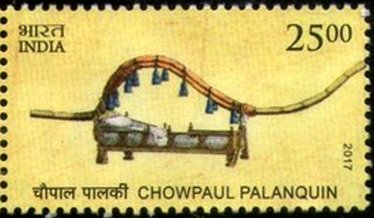
A commemorative stamp featuring the palanquin, which was part of the postal system in the form of the dak palki. Issued by India Post in 2017/Public Domain
What are the different kinds of palanquins?
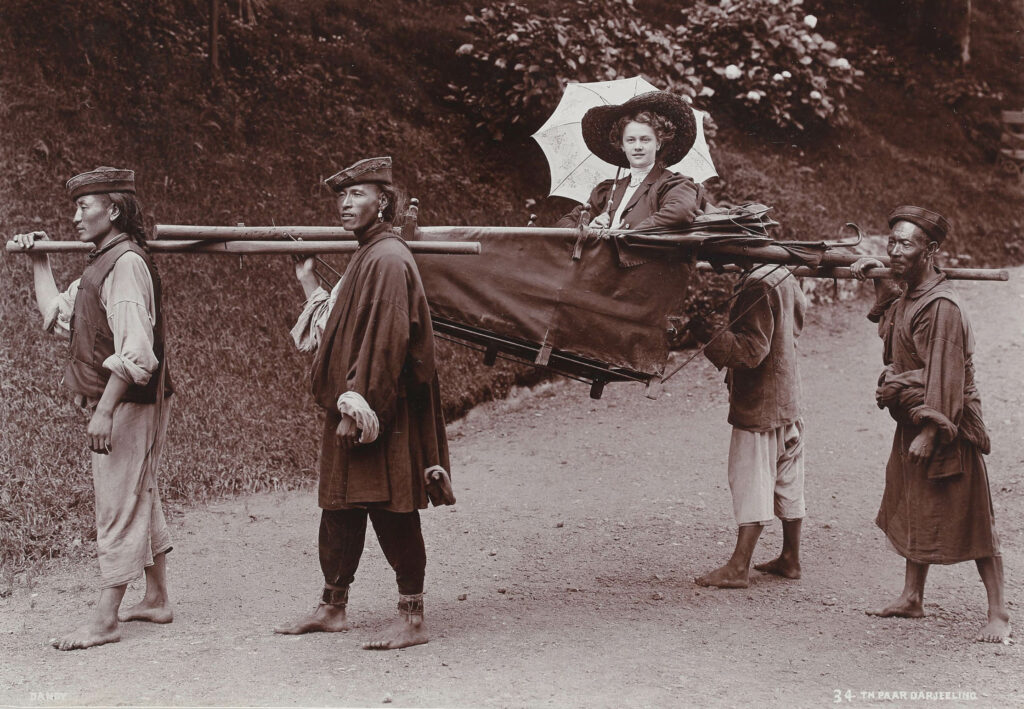
Dandy–a kind of palanquin popular in the hill stations, Darjeeling, c.1890s, Thomas Paar ©Sarmaya Arts Foundation [2020.4.11]
Depending on their size and function, there were different kinds of palanquins in use during the British colonial era. In his 1825 travel guide to the Subcontinent titled The General East India Guide And Vade Mecum, JB Gilchrist lists a few varieties that he observed in and around Kolkata; naulkeen, mahannah, taum-jaung (tamzan), and bochah.
The naulkeen or naulki is described as an “immense carriage only used by crowned heads”, about five-feet long by four-feet in width. It’s the most luxuriously upholstered, carved of palanquins. The dooly aka doli was used mainly by women, although Gilchrist notes its efficiency on the battlefield: “In our armies this little vehicle affords excellent means of transporting sick and wounded men, either to hospitals, or on a march.”
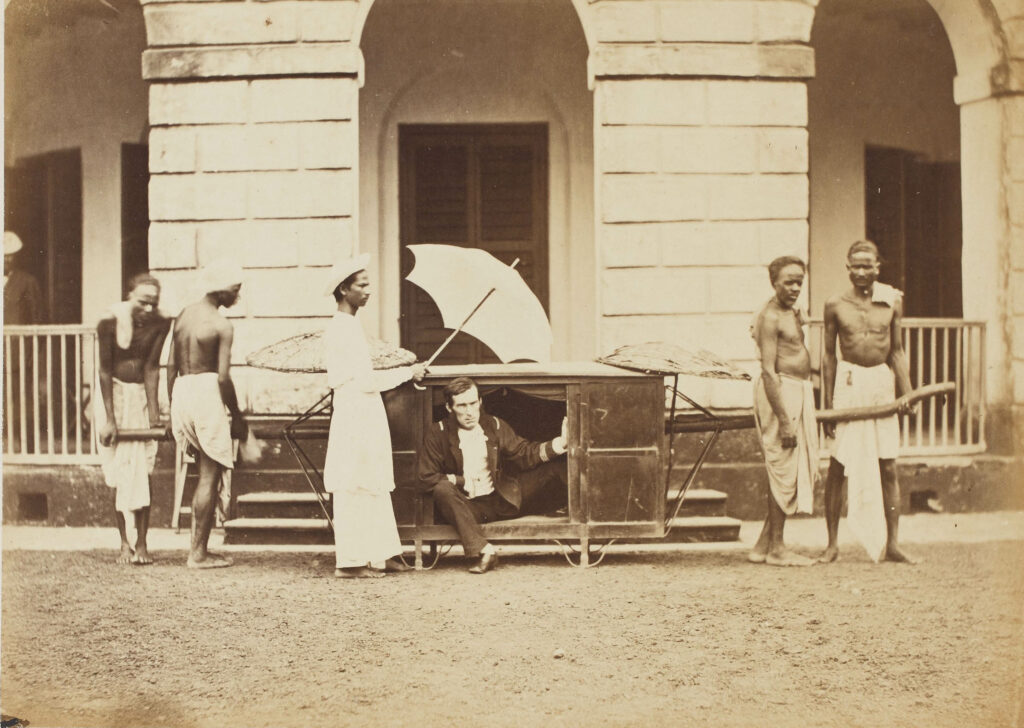
Palanquin Bearers, c.1860s-1900s, Unidentified Photographer, Albumen print © Sarmaya Arts Foundation [2016.5.1 (3)]
The mahannah is the kind most European travellers seem to prefer. It consisted of a spacious wooden box about a foot high, with canvas or leather shutters. For shorter trips within the city, women used a type of palanquin called the bochah, which consisted of a sedan chair carried on poles. A version of this called tamzan or janpan/jompan was also favoured for journeys in mountainous region. Gilchrist again: “[The taum-jaung] consists of an arm-chair with a low back, at the sides of which two poles are affixed, even with the seat.”
References
Reginald Heber, Narrative of a journey through the upper provinces of India, from Calcutta to Bombay, 1824-1825: (with notes upon Ceylon) : an account of a journey to Madras and the southern provinces, 1826
Opler, Morris E., and Shaligram Shukla. “Palanquin Symbolism: The Special Vocabulary of the Palanquin-Bearing Castes of North Central India.” The Journal of American Folklore 81, no. 321 (1968): 216–34.
Moosvi, S. (2003). DOMESTIC SERVICE IN PRECOLONIAL INDIA: BONDAGE, CASTE AND MARKET. Proceedings of the Indian History Congress, 64, 560–582.
Human-Powered Sedans: The Story of Palanquins by the Heritage Transport Museum
India Post’s Expensive Palkhi Service
JB Gilchrist, The General East India Guide And Vade Mecum, 1825
Hindu Castes – Aurangabad Gazetteer
King on their shoulders, Telegraph India
Eastern Zonal Cultural Centre – Palki

